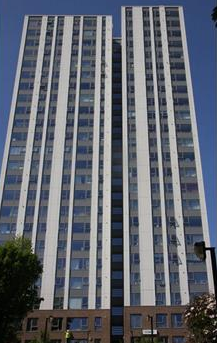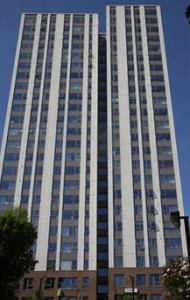
Heat is on other Councils to ensure that their tower blocks are fire safe

Heat is on other councils to check cladding material used in other high rise tower blocks. Cladding should not contain any element of combustable materials. The number of tower blocks found to have combustible cladding similar to that used on Grenfell Tower rises to 11 across England.
Already five tower blocks on the Chalcots Estates in Camden have a similar type of dangerous insulation and cladding materials similar to that used on Grenfell Tower, has been ordered to be removed with immediate effect.
Camden Council agreed a contract with Rydon Construction – the same firm which oversaw the refurbishment of Grenfell Tower – to refurbish the Chatlcots Estate in May 2006 at a cost of £66m with completion in 2010. None of the five towers in the Chalcotrs are believed to have a sprinkler system. In Taplow Tower fire broke out on the 16th floor in 2012.
The Prime Minister told the Commons: “ we can’t and will not ask people to live in unsafe homes”, signalling that thousands of residents across the country may have to be evacuated.
Firefighters and town halls are rushing to identify how many and which blocks are potential death traps. Three samples of material sent in by councils after Grenfell Tower fire disaster had been tested and show to be combustible, according to Mrs May.
The Chalcots estate sample where residents will stay in five towers – for 23 floors and one 19 floors which clad in 2006, while the material is removed and fire safe material substituted.
However, some council are yet to send in samples for testing more than a week after the horrific inferno.
According to Camden Council leader Georgia Gould “ The arrangement of the cladding and insulation used on Camden Council’s buildings significantly differs from that of Grenfell Tower, however, the new results from the laboratory show that the out cladding themselves are made up of aluminium panels with a polyethene core. Hence the panels were not the standard we had commissioned in the light of this we will be informing the contractor that we will we be taking urgent legal advice.”
Three tower blocks in Barnet also are believed to have similar cladding of aluminium composite material.
Over 100 social housing tower blocks in London have cladding and they all need to be checked for their fire safety.
All social landlords have been instructed to carry out additional fire safety checks on tower blocks and ensure the appropriate safety and response measures are in place. Owners of the private residential flats have also been offered free testing of samples. Some experts, however, have suggested that the building regulations were flawed.
The cladding is mounted on an aluminium support system as the blocks are made from profiled concrete a backing plate which sits across the peaks of two adjacent profiles. An adjustable bracket is then attached to this onto which the sheeting rail is fixed. This is a T-shaped aluminium extrusion which is supplied to site in two story heights to form a continuous rail from the base of the building to the roof level. Fire barriers are required at each floor level and around the windows, and these can be 110mm-wide strips which are cuts to length on site and fixed in place between the sheeting rails. The 4mm composite cladding panels are sized for each elevation and pre-drilled ready for riveting to the rails and where these return to the window the back edge is riveted to an aluminium angle fixed to the window. A 10mm joint allowed between the panels, which is finished with an aluminium joining section that provides a weathering detail.
